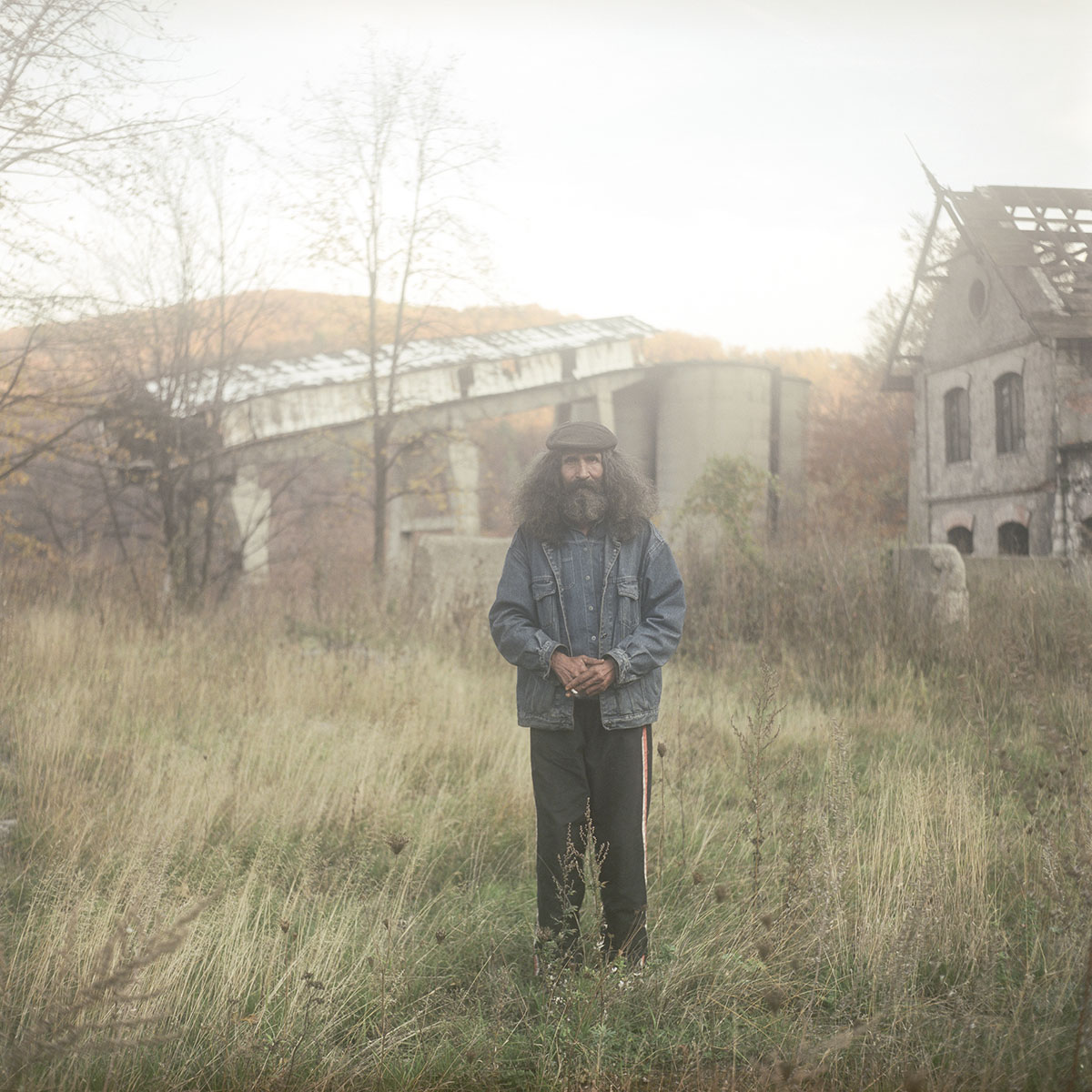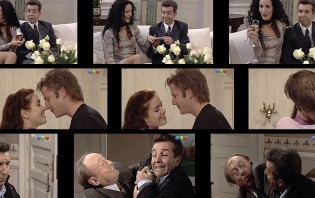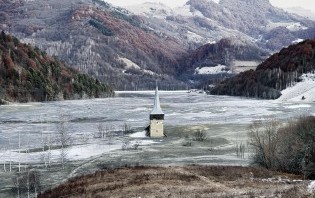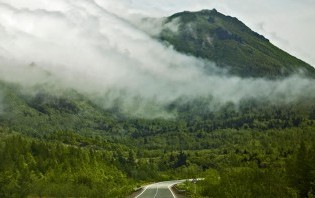What does it mean to define your life by a way of work that is then taken away? Post-Industrial Stories, the recently published book from Romanian photographers Ioana Cîrlig and Marin Raica attempts to answer to this question, and takes them beyond the rusting, untended factory buildings. It is not only that the lathes and conveyor belts have ground to a halt: carousels and sports halls are also neglected, aging families slowly fall back on subsistence living, the landscape takes on an inhospitable aspect.
Mono-industrial towns sprung up around Romania after the Second World War, mining and processing resources such as gold, copper and coal. They drew in workers from their (often remote) hinterlands. Idolised in state propaganda and pressurised by state quotas, the industrial working class grew into the landscape until 1989. Then, their world began to collapse.
Industries that had already been strained in the stagnation years that preceded Ceaușescu’s fall were radically downsized or abandoned altogether. The relative prosperity of factory workers and miners gave way to unemployment and dwindling opportunities; the link between man and landscape was fractured.
Cîrlig and Raica, former photojournalists now dedicated to long-term documentary projects, live alongside their subjects: leaving Bucharest behind in October 2012, they moved for a year to the small gold-mining town of Brad in western Romania. They also spent time in Petrila, a coal-mining town in the foothills of the Carpathians. Their photos document the fragility of an identity forged by both man’s creative and destructive energies, his exploitation of the natural abundance of the earth. “The industrial and natural landscapes blend together in mining areas,” says Cirlig, “creating an eerie atmosphere that, after a while, started to feel like home”.
She cites a retired mining engineer named Groza whom they met during their research: “When you live a good life for a long time and suddenly you are told that you are no longer needed, life becomes harder and harder; you slowly lose all will to fight. People have lost their source of income but also their purpose. It’s like a generalised depression.”
While these industries were firing, these remote locations were made hospitable: sports events, cultural centres and community events were funded by mines or factories. Cîrlig’s and Raica’s photographs capture the sense of a landscape that has once again grown harsh towards its inhabitants. In their own words, the deindustrialisation campaign “has left a big hole in these communities: in the natural, urban and emotional landscapes.” Most dispiriting is “the sense of loss. The mine creates a contradiction: it filled the community with prosperity and hope, it clearly defined the identity of the whole area.”
When this is gone, what is left? “The most uplifting thing is the fact that life continues, people find the strength to move on, new life begins,” Cirlig says. “Plus, the natural setting for mining areas is usually a beautiful, scenic mountain landscape. Living close to nature makes everything seem more positive.”
Photography: Ioana Cîrlig and Marin Raica
Interview: Sam Goff
.jpg?cachebuster:73)
.JPG)
.JPG)
.jpg)
.JPG)
.jpg)
.JPG)
.jpg)
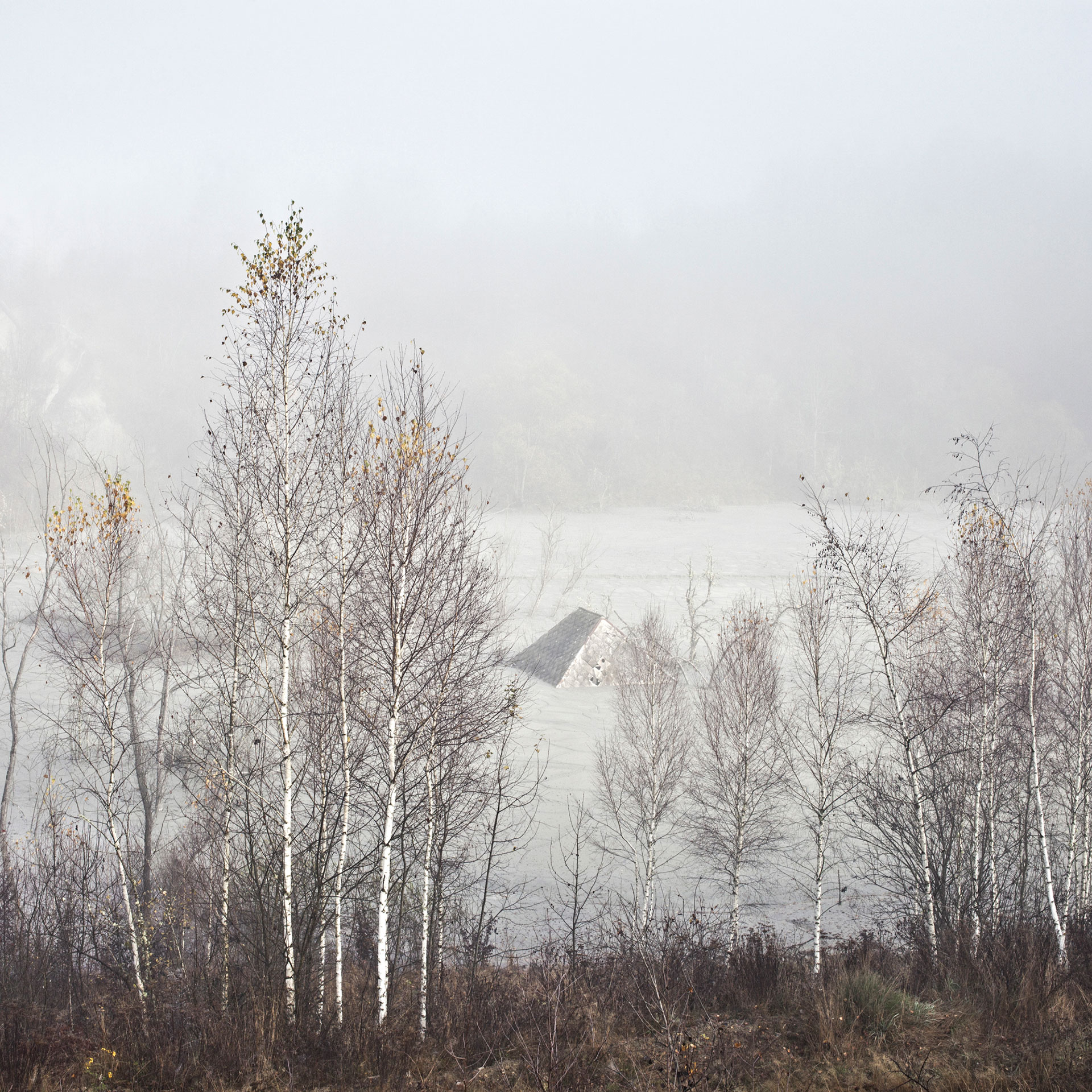
.JPG)
.jpg)
.jpg)
.JPG)
.JPG)
